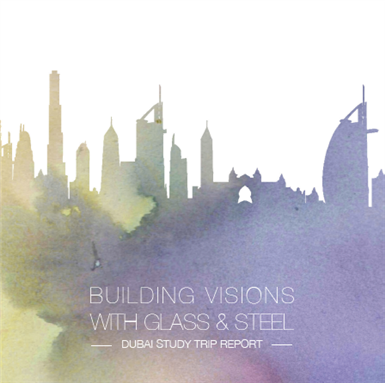[The following report summary was published by the International Organization for Migration on 14 May 2017. For the full report, click here.]
The Task Force for Population Movement (TFPM), co-led by IOM and UNHCR is a Technical Working Group of the Yemen Protection Cluster. The TFPM implements an information management tool that gathers data on the status and location of displaced persons across Yemen.
As of 01 April 2017, the TFPM has identified, 1,988,946 internally displaced persons (IDPs) (331,491 house- holds) who have been displaced due to conflict since March 2015, dispersed across 21 governorates. For the same period, the TFPM has identified 900,258 returnees (150,043 households), across 19 governorates.
As a result, 10.4% of the total population of Yemen has experienced the shock of displacement due to conflict in the last 24 months.
Key Findings
- Through March 2017 the TFPM has observed a minor overall decrease in the conflict-related displacement of 2,394 individuals (-0.12%). At the governorate level the most significant decreases have been observed in Hajjah, Dhamar and Sana’a (-22,560, -20,172 and -14,952 individuals, respectively).
- On the other hand, there has been an overall decrease in the conflict-affected return population by 148,638 individuals (-14%). The top three governorates with the largest decrease in the identified conflict returnees are 1. Aden (-64,944 individuals, 2. Amanat Al Asimah (- 47,502) and 3. Al Hudaydah (-17,346).
- Aden hosts the highest number of returnees in Yemen, most of whom reside in the same locations as vulnerable IDPs and host communities. Vulnerable IDPs and host community members were being counted among the returnee figures by key informants. This prompted TFPM to validate the figures from the 13th report through data collection from a wider network of key informants, resulting in more accurate returnee data in the 14th report.
- In Amanat Al Asimah the drop in returnee figures was due to key informant frustration about the lack of an adequate and timely response. As a result, several key informants refused to cooperate, and had to be replaced with other key informants who do not possess the historical memory of returnee figures from 2015. Key informants also reported that due to the comparatively higher cost of living in Amanat al- Asimah, many returnees have opted to return to their ancestral villages.
- The drop in returnee figures in Hudaydah & Taizz is largely due to returnees being redisplaced because of conflict escalation along the Western coast.
- It remains that 87% of the population who have returned from their displacement in the last 23 months have returned to 33 districts. Geographically this represents just 10% of the 333 districts in Yemen, and therefore suggests that clear pockets of return, in areas of relative stability, may be materializing.
- Of the total returnee population, an estimated 85% (or 766,542 individuals) have returned from displacement areas situated within their governorate of origin.
- Indicative data collected by the TFPM at the community level through key informants show that the number one priority need among IDPs are: food (76%), access to income (8%), shelter/housing (4%) and cooking/washing water (4%).
![[International Organization for Migration. Image from https://www.iom.int/.]](https://kms.jadaliyya.com/Images/357x383xo/IOM4.jpg)

















